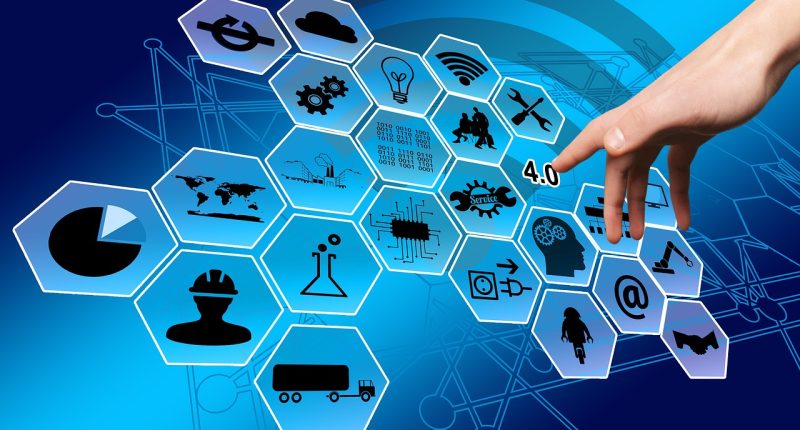Technological innovation has taken massive strides in the past decade alone, innovation is moving so fast it’s getting harder to keep up.From the 5g internet to blockchain technology, cryptocurrency, AI, self-driving cars, and smart houses, we are now entering the Wed3 era of the internet.
If you have never heard of the term Web3( where have you been?) or are unclear about what Web3 is and how it will work, then read on because this article discusses it.
What is Web3 – In simple Terms
Web3 or Web 3.0 is set to become a disruptor in the tech space. It is based on the fundamentals of decentralisation and openness. What the Web3 era promises is a more personalised internet, where the internet can translate all your media and analyse your searches to curate personalised content for you. We have started experiencing this personalization in social media platforms and search engine websites.
How Will It Work?
Web3 will be based on blockchain technology, which automatically means that the system will be completely decentralised. If you remember, the key features of blockchain technology were decentralisation, transparency, security and anonymity. One of the major attractions of blockchain is anonymity excluding ID verification. We expect Web3 to have those features as well.
It is expected that Web3 will use open-source software and be Trustless, where everyone will use Zero Trust, which will provide data protection. This means that all user data will be protected by smart contracts stored on a blockchain that will be controlled by the decentralised user nodes
Communication will be via blockchain technology again, members can be part of a decentralised autonomous organisation (DAO). From just these few functions of web3, we can already see that decentralisation is an integral component of the success of web3
A few other key features of the web3 will include:
- Production of digital goods and NFTsNFT’s on the blockchain
- All transactions will be tracked down a digital ledger and transfer will be decentralised.
- The entertainment sector will have another source of revenue in the form of the metaverse. Casinos like bitcoin-casino.ltd will also become more mainstream in iGaming
You may not have been aware that we have been transitioning from Web 1.0 to 2.0, and finally, we are here with 3.0, but we have not reached the end. Web 1.0 brought us the basic internet, called the ‘read-only.’ The concept was about a few individuals (corporations) producing content consumed by the population
With Web 2.0, the focus moved from one producer to more participation from the consumer as well. Hence, it was called the ‘participative social web, this is the era that brought us social media, virtual reality, and more interactive technology
Now, with web3, we are moving further into the Internet of Things (IoT) with smart devices and functional cryptocurrencies that can communicate with one another
The Other Side
But not all is well in this new anticipatory world of Web 3.0. While money and energy flow into making Web 3 a viable reality, there are a number of hurdles it will have to pass. Unlike the introduction of the internet and social media, the Web 3 era wants to rewire the entire internet and base it on blockchain and decentralisation. Many have argued that this is not necessary; we function quite well without decentralisation
There is also the issue of fraud and theft, as we have seen in recent years with the number of cyber ransoms paid in crypto increasing. These kinds of events have tainted the public’s perception of cryptocurrency.
Lastly, the move from Web 2.0 to 3.0 is expensive, blockchain technology is not cheap for example, storing 1MB of data on a blockchain-distributed ledger can cost thousands of dollars. This kind of expense is a major stumbling block for many businesses.




